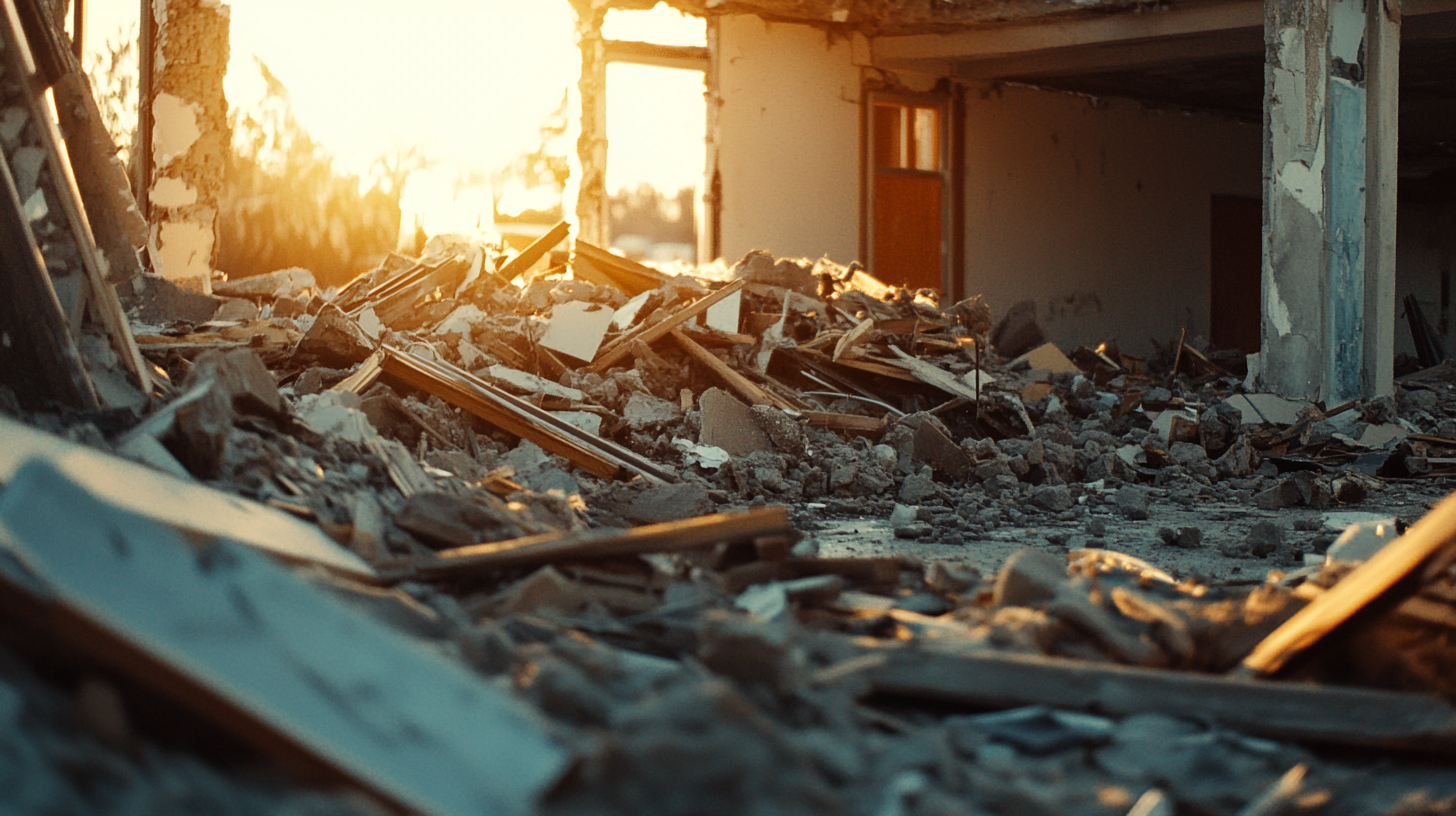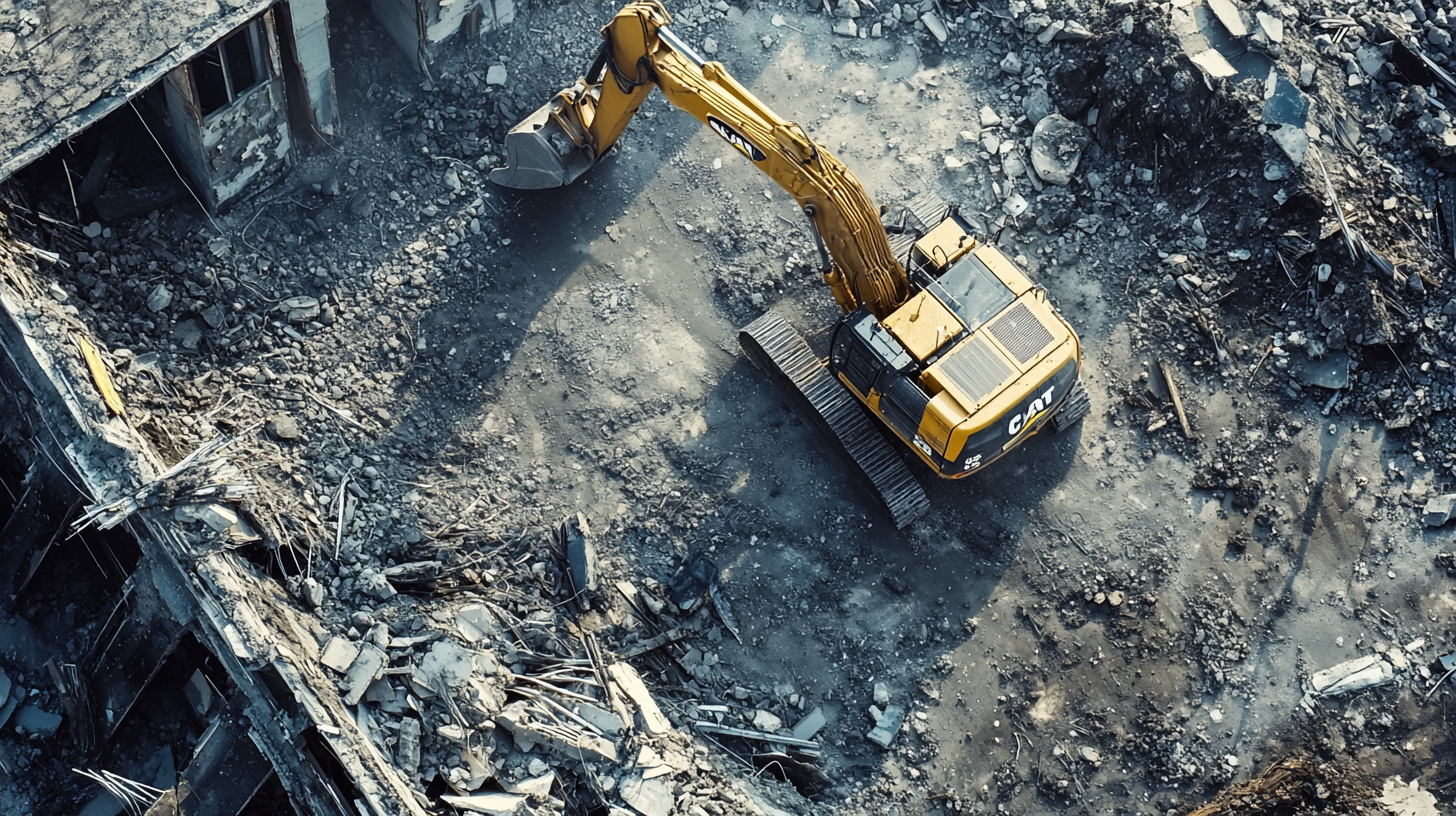
In the quest for a serene and comfortable home, insulation emerges as an unsung hero. Beyond its well-known role in energy conservation, proper insulation serves as a cornerstone for creating a living environment that is both tranquil and temperate. This blog delves into the often-overlooked benefits of insulation, revealing how it acts as a barrier against the external chaos and climatic extremes, thus fostering a peaceful and comfortable indoor sanctuary.
Insulation's ability to maintain consistent indoor temperatures is just the beginning. It also plays a crucial role in soundproofing, dampening the intrusion of outdoor noise and minimizing the transfer of sounds between rooms. Whether it's the hustle and bustle of the city, the roar of traffic, or simply the daily activities within a home, insulation helps keep the noise at bay, allowing for a quieter, more peaceful living space.
Moreover, the choice of insulation material and the quality of installation are pivotal in maximizing these benefits. From dense, sound-absorbing materials to innovative eco-friendly options, the advancements in insulation technology offer solutions tailored to enhance comfort and quietude. This blog will explore how proper insulation contributes to a serene living environment, the science behind its sound-dampening properties, and practical tips for homeowners seeking to improve their home's insulation.
Join us as we uncover the silent benefits of proper insulation, offering insights into creating a more comfortable and quiet home. Discover how, with the right insulation, your home can become a haven of comfort and tranquility, shielding you from the elements and the noise of the outside world.
Understanding the Link Between Insulation and Soundproofing
The quest for a quiet and serene home environment often leads homeowners to explore various soundproofing strategies. Among these, insulation plays a pivotal role, not just in enhancing a home's energy efficiency but also in its capacity to dampen and block unwanted noise. This blog delves into the fundamentals of how sound travels in homes and the critical role of insulation in mitigating noise pollution.
Basics of Sound Transmission in Homes
- How Sound Travels Through Walls, Floors, and Ceilings: Sound waves can penetrate a home's interior through walls, floors, and ceilings, particularly where there are gaps or poor insulation. These waves can travel both as airborne noise (voices, music) and structure-borne noise (footsteps, vibrations). The efficiency of a building's envelope in blocking or absorbing these sounds significantly impacts the overall acoustic comfort of the living spaces.
- The Concept of Sound Transmission Class (STC) Ratings: The STC rating is a standardized measure of a material's or assembly's ability to reduce sound transmission. Higher STC ratings indicate better soundproofing capabilities. Understanding STC ratings is crucial for homeowners looking to improve their home's soundproofing, as it helps in selecting appropriate materials and construction methods that can effectively minimize noise intrusion.
Insulation’s Role in Sound Dampening
- How Insulation Materials Absorb and Block Sound: Insulation contributes to sound dampening by absorbing sound waves and reducing their ability to travel through building structures. Materials like fiberglass, mineral wool, and cellulose are particularly effective at trapping sound waves within their fibrous or porous structures, thereby diminishing airborne noise transmission. Additionally, dense insulation materials can add mass to walls and floors, which helps in blocking the transmission of structure-borne sounds.
- The Difference Between Sound Absorption and Soundproofing: While the terms are often used interchangeably, sound absorption and soundproofing serve different purposes. Sound absorption focuses on reducing echo and reverberation within a room by absorbing sound waves, thereby improving the acoustic quality of the space. Soundproofing, on the other hand, aims to prevent sound from entering or leaving a space, ensuring privacy and tranquility. Insulation materials can contribute to both aspects, depending on their placement, density, and the specific needs of the home.
Types of Insulation for Soundproofing and Energy Efficiency
In the pursuit of creating homes that are both quiet and energy-efficient, the choice of insulation material becomes paramount. Different insulation types offer varying degrees of soundproofing and thermal retention, affecting overall home comfort and utility costs. This blog explores the soundproofing properties and energy efficiency aspects of popular insulation materials, along with best practices for their installation.
Fiberglass Insulation
- Soundproofing Properties and Energy Efficiency Aspects: Fiberglass insulation, made from fine glass fibers, is widely recognized for its thermal insulation capabilities. It also offers moderate soundproofing benefits by absorbing sound waves, thereby reducing airborne noise transmission between rooms and from the outside. Its porous structure traps air, slowing down heat transfer and contributing to energy efficiency.
- Best Practices for Installation to Maximize Soundproofing Benefits: To enhance the soundproofing effectiveness of fiberglass insulation, it should be densely packed into wall cavities, ceilings, and floors, leaving no gaps. Proper coverage is key to preventing sound leaks. Additionally, installing a layer of drywall with acoustic sealant can further improve sound attenuation and energy performance.
Mineral Wool Insulation (Rockwool)
- Superior Soundproofing Capabilities and Thermal Properties: Mineral wool insulation, also known as rockwool, is made from molten rock or slag spun into fibers. It is renowned for its superior soundproofing capabilities, effectively blocking and absorbing sound waves. Its dense structure not only makes it an excellent sound barrier but also provides outstanding thermal insulation, contributing to a home's energy efficiency.
- Considerations for Handling and Installation: Mineral wool is denser than fiberglass, which can make it more challenging to cut and fit into irregular spaces. Wearing protective clothing is advised during installation due to its abrasive texture. Ensuring a snug fit in wall cavities and around fixtures without compressing the material will maintain its soundproofing and insulative properties.
Spray Foam Insulation
- How Closed-cell and Open-cell Foam Provide Sound Insulation: Spray foam insulation comes in two main types: open-cell and closed-cell. Open-cell foam is softer and more flexible, with excellent sound absorption qualities that make it ideal for reducing airborne noise. Closed-cell foam is denser, providing not only superior thermal insulation but also adding structural strength to walls and reducing both airborne and impact noise.
- Additional Benefits in Air Sealing and Energy Conservation: Beyond soundproofing, spray foam insulation excels in air sealing, addressing leaks and gaps with a single application. This air-tight seal enhances a home's energy efficiency by preventing heat loss in winter and heat gain in summer, significantly reducing heating and cooling costs. The comprehensive coverage offered by spray foam supports a consistent indoor temperature, contributing to overall home comfort.
Additional Soundproofing Techniques and Materials
While insulation plays a crucial role in enhancing a home's energy efficiency and reducing unwanted noise, integrating additional soundproofing techniques and materials can further improve the acoustic environment of your living space. From acoustic panels and soundproof drywall to meticulous air sealing, these strategies complement traditional insulation efforts, offering a comprehensive approach to soundproofing and energy conservation.
Acoustic Panels and Soundproof Drywall
- Complementing Insulation with Specialized Soundproofing Materials: Acoustic panels and soundproof drywall are designed specifically to absorb and block sound, making them excellent complements to insulation in creating a quiet and peaceful home. Acoustic panels are effective in absorbing sound waves, reducing echo and reverberation within a room. Soundproof drywall, on the other hand, is denser than standard drywall and is engineered to block sound transmission between spaces.
- Where and How to Effectively Use These Materials: Acoustic panels are ideal for rooms where sound quality is paramount, such as home theaters, studios, or any space where echo reduction is desired. They can be strategically placed on walls or ceilings to absorb sound. Soundproof drywall is best used during construction or renovation, replacing or supplementing standard drywall in walls and ceilings, especially in areas where noise privacy is important, such as bedrooms, bathrooms, and shared walls in multi-family units. Combining these materials with insulation maximizes their sound-blocking capabilities and enhances overall energy efficiency.
Sealing Gaps and Cracks
- Importance of Air Sealing in Soundproofing and Energy Efficiency: Air sealing is a critical component of both soundproofing and energy efficiency. Gaps and cracks in a home's envelope not only allow air to escape, leading to higher energy costs, but they also permit sound waves to travel in and out. Sealing these leaks can significantly reduce exterior noise intrusion and prevent conditioned air from escaping, improving the comfort and quietness of indoor spaces.
- Techniques for Identifying and Sealing Leaks: To effectively seal gaps and cracks, start by conducting a thorough inspection of your home, paying close attention to areas around windows, doors, electrical outlets, and where walls meet floors and ceilings. Use caulk and weather-stripping for movable components like doors and windows, and consider expanding foam or sealant for larger gaps around plumbing and wiring. For optimal soundproofing and energy efficiency, ensure that the attic, basement, and any crawl spaces are also properly sealed.
Considerations for Insulation Replacement Projects
Embarking on an insulation replacement project requires careful consideration of your home's current needs, the performance of existing insulation, and the balance between cost, effectiveness, and durability of new materials. Whether you're aiming to enhance energy efficiency, improve soundproofing, or both, understanding the key factors involved will guide you in making informed decisions that contribute to a more comfortable and sustainable living environment.
Assessing Your Current Insulation and Soundproofing
- How to Evaluate the Effectiveness of Existing Insulation: Start by inspecting the physical condition of your current insulation. Look for signs of wear, such as sagging, dampness, or uneven distribution, which can diminish its effectiveness. Consider hiring a professional energy auditor who can use tools like infrared cameras to identify areas of heat loss and recommend improvements. Assessing the current R-value of your insulation and comparing it to recommended levels for your climate can also indicate whether an upgrade is necessary.
- When to Consider Upgrading or Replacing Insulation for Better Performance: If your energy bills are consistently high, you experience uneven temperatures throughout your home, or your existing insulation is damaged, it may be time to consider an upgrade. Additionally, if you're noticing issues with sound transmission that your current insulation isn't addressing effectively, exploring soundproofing insulation options could provide a solution.
Balancing Cost, Performance, and Longevity
- Factors Influencing the Choice of Insulation Materials: Choosing the right insulation material involves considering several factors, including thermal performance (R-value), soundproofing capabilities, moisture resistance, and environmental impact. The material's compatibility with your home's structure and the specific needs of different areas (e.g., attic, walls, basements) are also crucial. Furthermore, some materials may offer additional benefits, such as pest resistance or fire retardancy, that could influence your decision.
- Estimating the Return on Investment in Terms of Energy Savings and Sound Comfort: Calculating the ROI of insulation replacement involves comparing the upfront costs of materials and installation against the long-term benefits, including reduced energy bills and enhanced comfort. Energy savings can be estimated based on the expected improvement in R-value and the reduction in heating and cooling needs. Improved soundproofing can also contribute to a more peaceful living environment, although this benefit may be more difficult to quantify. Consider consulting with insulation professionals or utilizing online calculators to get a more accurate estimate of potential savings and payback periods.
Considerations for Insulation Replacement Projects
Embarking on an insulation replacement project requires careful consideration of your current setup's effectiveness, the balance between cost, performance, longevity, and the tangible benefits you aim to achieve. This guide delves into the essential aspects of planning and executing an insulation upgrade, ensuring homeowners are well-informed to make decisions that align with their needs and budget.
Assessing Your Current Insulation and Soundproofing
How to Evaluate the Effectiveness of Existing Insulation
Understanding the current state of your home's insulation is the first step in determining the need for an upgrade. This section will cover how to assess the effectiveness of your existing insulation, including visual inspections for gaps, wear, or uneven distribution, and professional energy audits to identify heat loss areas. We'll also discuss the importance of evaluating soundproofing capabilities, especially in noisy environments or for rooms requiring acoustic privacy.
When to Consider Upgrading or Replacing Insulation for Better Performance
Several signs indicate the need for insulation replacement, such as uneven temperatures in your home, high energy bills, or inadequate soundproofing. This part of the blog will guide homeowners on when it's time to consider upgrading their insulation, focusing on the benefits of improved thermal regulation, energy savings, and enhanced sound comfort. We'll also touch on the advancements in insulation materials that offer better performance and environmental impact.
Balancing Cost, Performance, and Longevity
Factors Influencing the Choice of Insulation Materials
Choosing the right insulation material is crucial for achieving the desired balance between cost, performance, and longevity. This segment explores the various factors influencing this choice, including material R-values, climate considerations, and specific needs like fire resistance or eco-friendliness. We'll provide insights into how different materials—such as fiberglass, cellulose, spray foam, and mineral wool—match up against these criteria.
Estimating the Return on Investment in Terms of Energy Savings and Sound Comfort
Investing in insulation replacement can offer significant returns, not just in terms of energy savings but also in improving the overall comfort of your home. This section will discuss how to estimate the return on investment (ROI) for insulation upgrades, considering factors like reduced heating and cooling costs, potential increases in property value, and the qualitative benefits of a quieter, more comfortable living environment. We'll offer tips for calculating energy savings and evaluating the long-term benefits of enhanced soundproofing.
FAQs
Contact Bull City Crawlspace Today!
Bull City Crawlspace will do everything we can to ensure your experience with us is excellent.
Request A FREE Estimate
Request a Free Estimate Form
Checkout Recent Post




Got a Question? We’re Here to Help.
You can arrange an appointment or make an enquiry by phone or email, orget in touch to us via our contact form.

